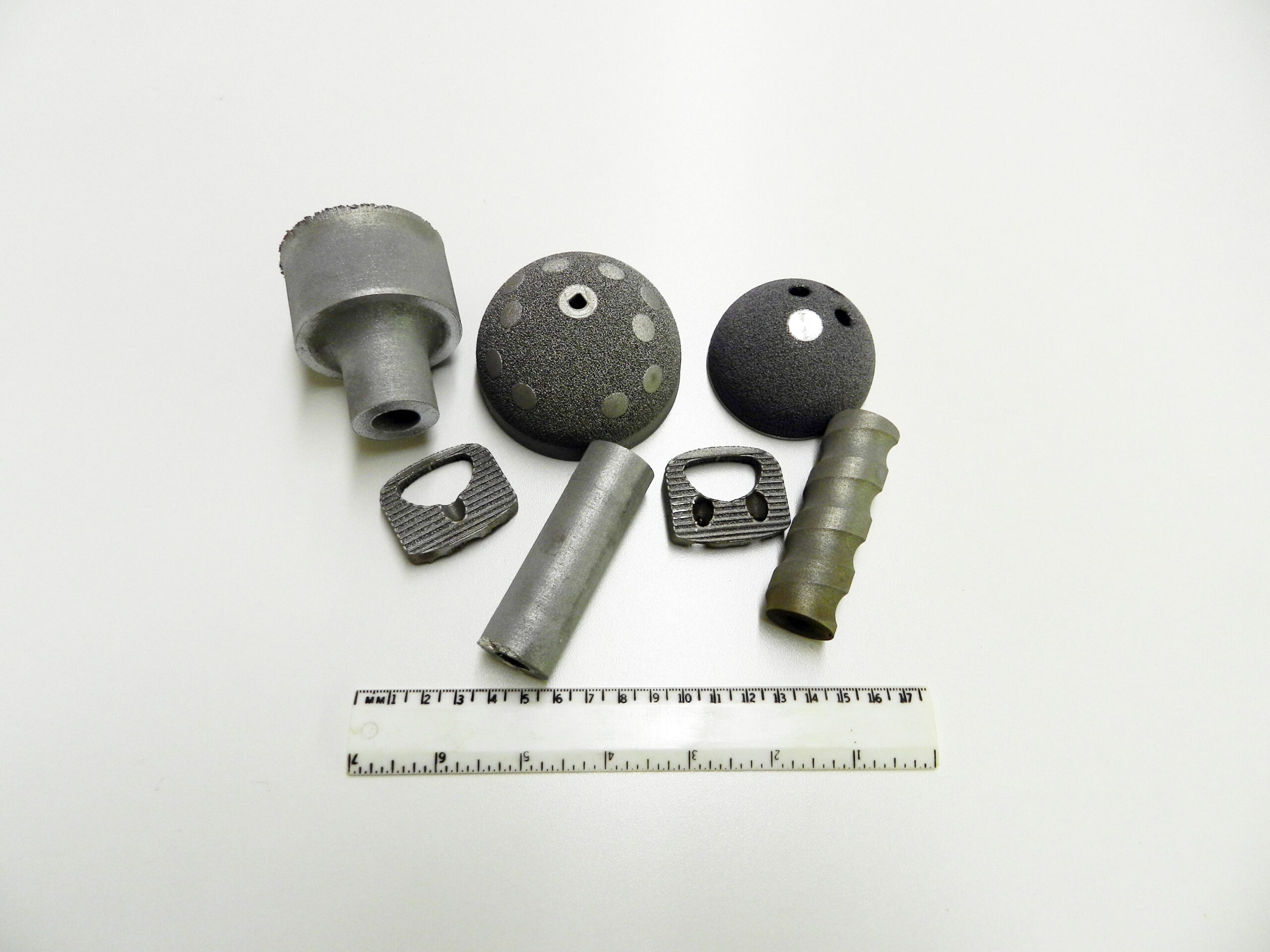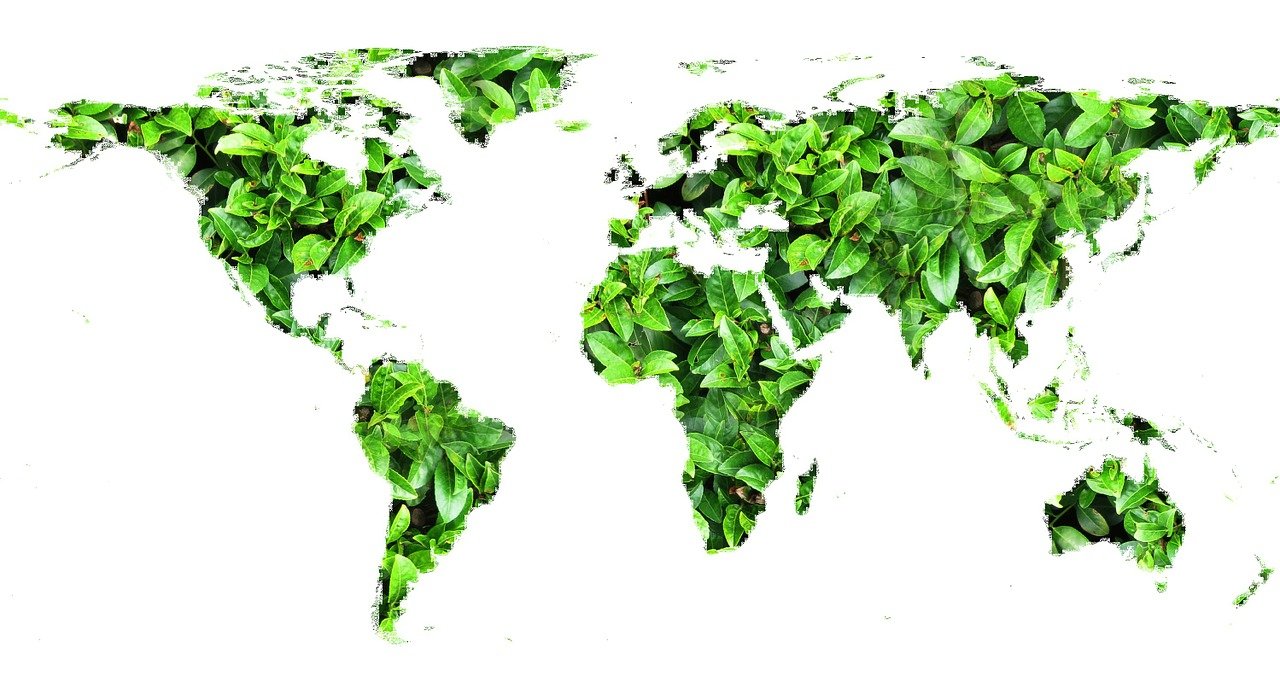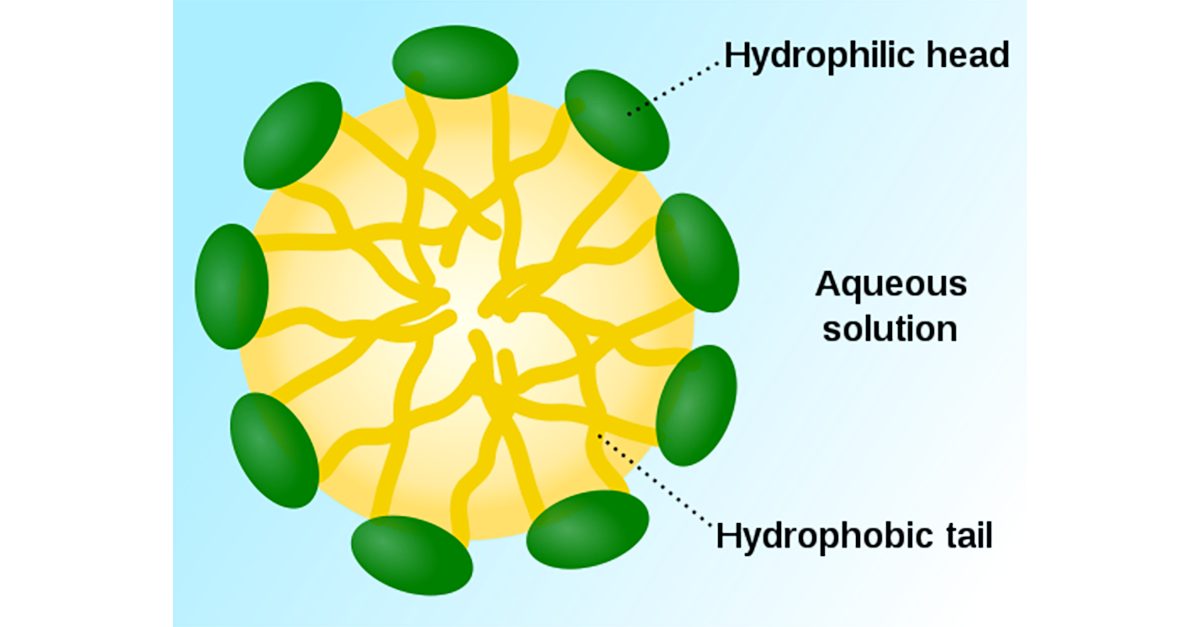3D Printing: Cleaning Residues on Complex Geometries
The technique of 3D printing, also known as additive manufacturing, allows for the production of complex geometries, both metallic and polymer, that a few years ago designers could only dream of. However, these geometries present some post printing issues that impede the rapid production times that makes additive manufacturing attractive. One of these issues is the removal of trapped metal powder from these tight features, channels and porosity of these complex geometries.
How To Clean MgF2 windows for chrome plating?
Q: How do you clean MgF2 windows for chrome plating? We would also like to use in our cleanroom on different kinds of glass types and ceramics.
A: To prepare magnesium fluoride (MgF2) for adhesion of chrome or other plating, a very clean surface is needed. Depending on what kinds of residues are expected, Alconox® Powdered Precision Cleaner and Liquinox® Critical Cleaning Liquid Detergent are great options. The choice of which detergent would be….
Replace Toluene, Xylene in Cleaning
Q: We had a small fire incident in our lab when working with toluene and xylene. We are now going with safer aqueous detergents and will replace toluene and xylene as cleaning agents. What do you recommend for hydrocarbons from lab and glassware?
A: For removing hydrocarbons from lab and glassware, hot (60-80C) Alconox® Powdered Precision Cleaner or Liquinox® Critical Cleaning Liquid Detergent should do a great job, and….
Disposal of Alconox Inc. Detergents
What is the proper way to dispose of your detergents? Detergent disposal in a proper manner is an integral part of a robust cleaning program regardless of scale or industry. Alconox Inc. detergents are biodegradable….
Advanced Cleaning Mechanisms: The Critical Micelle Concentration of Detergent
The critical micelle concentration is the minimum concentration at which the emulsifiers in a detergent will coalesce in to membrane structures of globes, rods or sheets with their hydrophobic (water hating) ends on the inside of the membrane and their hydrophilic (water loving) ends on the outside such that hydrophobic oily residues can be emulsified inside these membrane structures. Micelles are further elaborated on below. If you are below the critical micelle concentration, you do not have effective emulsifying of oily residues.




